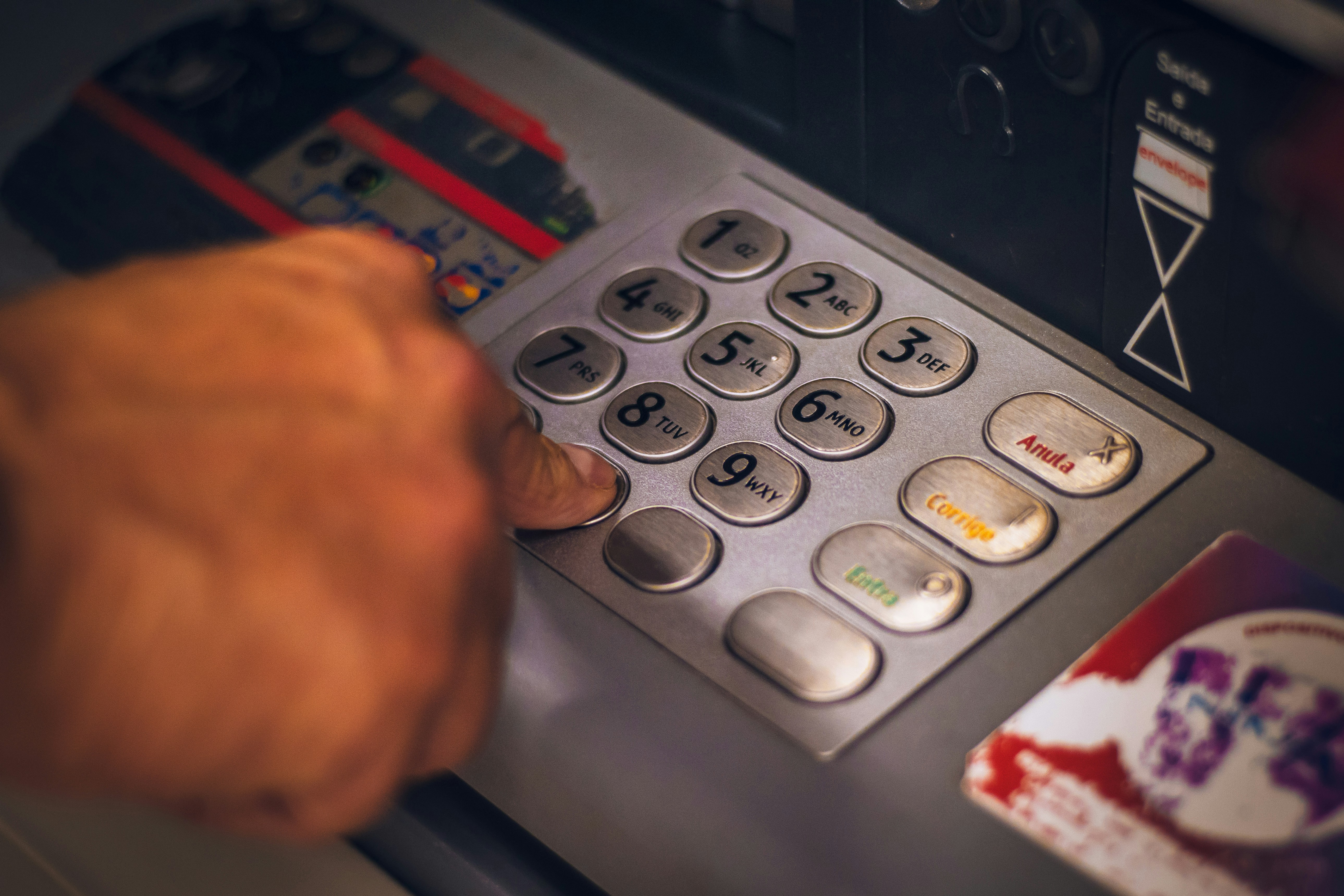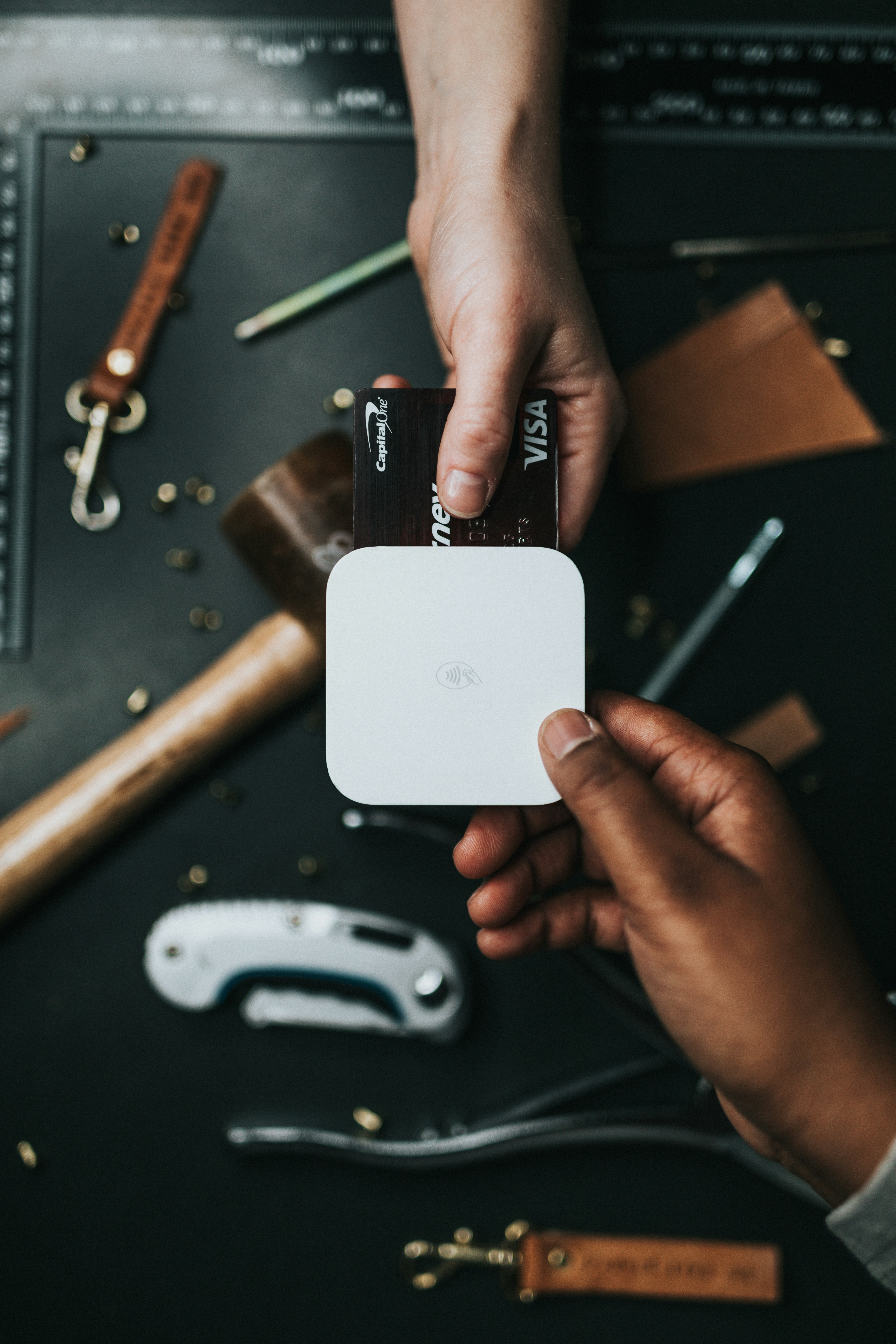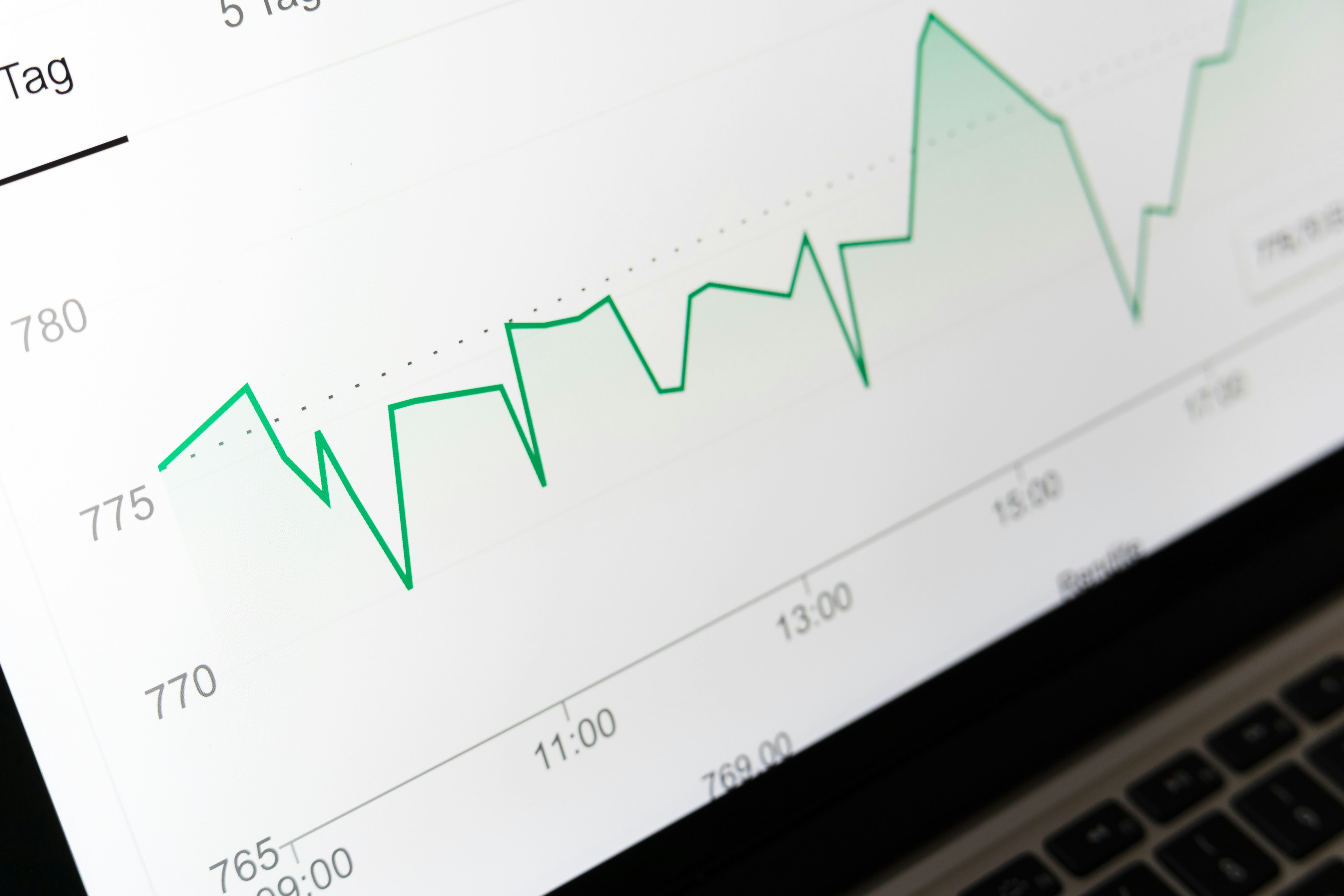One year ago, my credit score was in the "poor" range. Today, it's in the "good" range. Here's what I learned.
We all know that a good credit score is essential for financial health. It affects your ability to get loans, the interest rates you'll pay, and even rental applications or job prospects in some cases. When my score was considered "poor" by most lenders, I knew I needed to make significant changes.
Over the course of 12 months, I implemented a methodical approach that significantly improved my credit profile. Here's the process I followed:
1. Checked My Reports and Disputed Errors
I found and disputed three major reporting errors that were dragging my score down.
My first step was pulling my credit reports from all three major bureaus (Experian, Equifax, and TransUnion) through AnnualCreditReport.com. Upon careful review, I discovered several errors:
- A collection account that wasn't mine
- A credit card account showing late payments when I had proof of on-time payments
- An old account that should have fallen off my report but was still being reported
I filed disputes with each bureau and provided supporting documentation. Within 45 days, all errors were corrected, which helped improve my credit profile.
2. Paid Down Credit Card Balances
I focused on reducing utilization below 30%. This had a significant positive impact on my credit profile.
Credit utilization (the percentage of available credit you're using) accounts for roughly 30% of your credit score. My cards were nearly maxed out, with a utilization rate of around 85%. Even though I couldn't pay them off completely, I developed a strategy:
- Created a strict budget to free up $300 extra per month for debt repayment
- Used the "debt avalanche" method, focusing on highest-interest cards first
- Called card issuers and negotiated lower interest rates on two accounts
- Requested credit limit increases on accounts in good standing
Over six months, I reduced my overall utilization to 28%, which noticeably improved my credit standing. This single change appeared to have the biggest impact on my credit improvement journey.
3. Added a Secured Credit Card
This added positive payment history each month and helped rebuild trust with lenders.
With my poor credit, I couldn't qualify for traditional credit cards. Instead, I opened a secured credit card that required a $200 deposit. I used this card strategically:
- Charged only a small recurring bill to it (my $14.99 streaming service)
- Set up autopay to ensure on-time payments
- Paid the balance in full each month
After six months of responsible use, the card issuer increased my limit without requiring an additional deposit and eventually converted it to a regular unsecured card. Each month of positive payment history contributed to my improving credit profile.
4. Set Up Automatic Payments
Never missed a payment thanks to auto-draft setup. Payment history is 35% of your score.
Late payments had been a major factor in my credit score decline. To eliminate this problem:
- I set up automatic payments for every bill
- For minimum payments at least, even when I planned to pay more manually
- Created calendar reminders 3 days before each payment to verify sufficient funds
This simple change ensured I didn't have a single late payment in 12 months. Since payment history is the single largest factor in credit scoring (35%), this consistent positive history helped strengthen my credit profile over time.
Additional Steps That Helped
Beyond the four main strategies, I also:
- Became an authorized user on my parent's old, well-maintained credit card
- Used Experian Boost to get credit for utility and subscription payments
- Kept old accounts open to maintain my length of credit history
- Limited hard inquiries by only applying for credit when absolutely necessary
Real Results Over Time
My credit profile improved steadily throughout the year:
- Starting point: Poor credit range
- After 3 months: Saw modest improvement
- After 6 months: Reached fair credit range
- After 9 months: Continued steady progress
- After 12 months: Reached good credit range
My improved credit profile opened up significantly better financial opportunities. I was approved for an unsecured credit card with rewards and a reasonable interest rate—something that would have been impossible a year ago.
The Takeaway: Small Steps, Big Gains
Credit repair is not an overnight process—it requires patience and consistency. The most important lessons from my journey:
- Be meticulous about checking your credit reports for errors
- Prioritize lowering credit utilization even if you can't pay everything off
- Never miss a payment (automation is your friend)
- Consider secured products as stepping stones
- Track your progress monthly to stay motivated
With these strategies, even someone with severely damaged credit can see significant improvement within a year. The financial opportunities that come with better credit—lower interest rates, better loan terms, and more—make the effort absolutely worthwhile.





